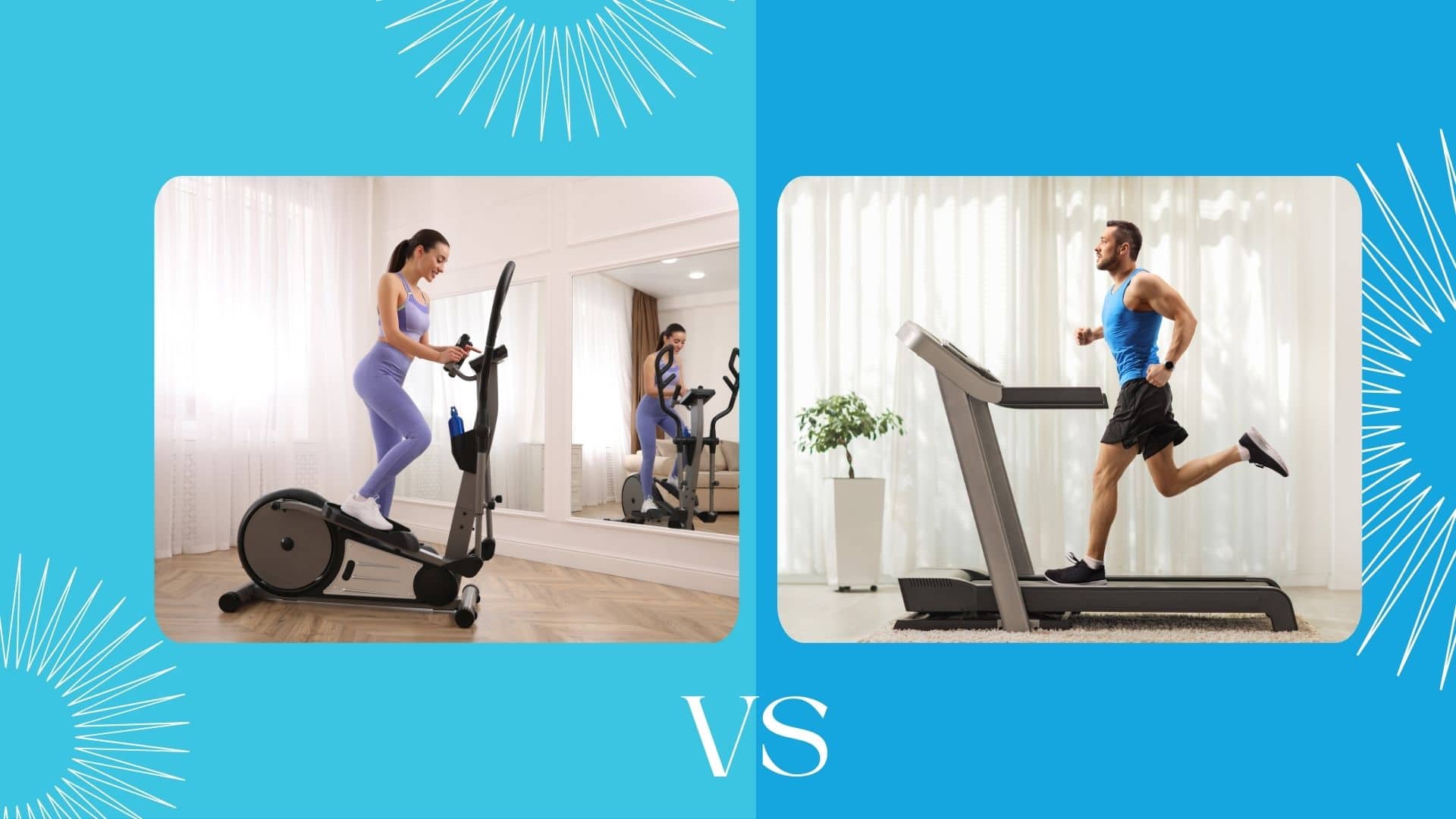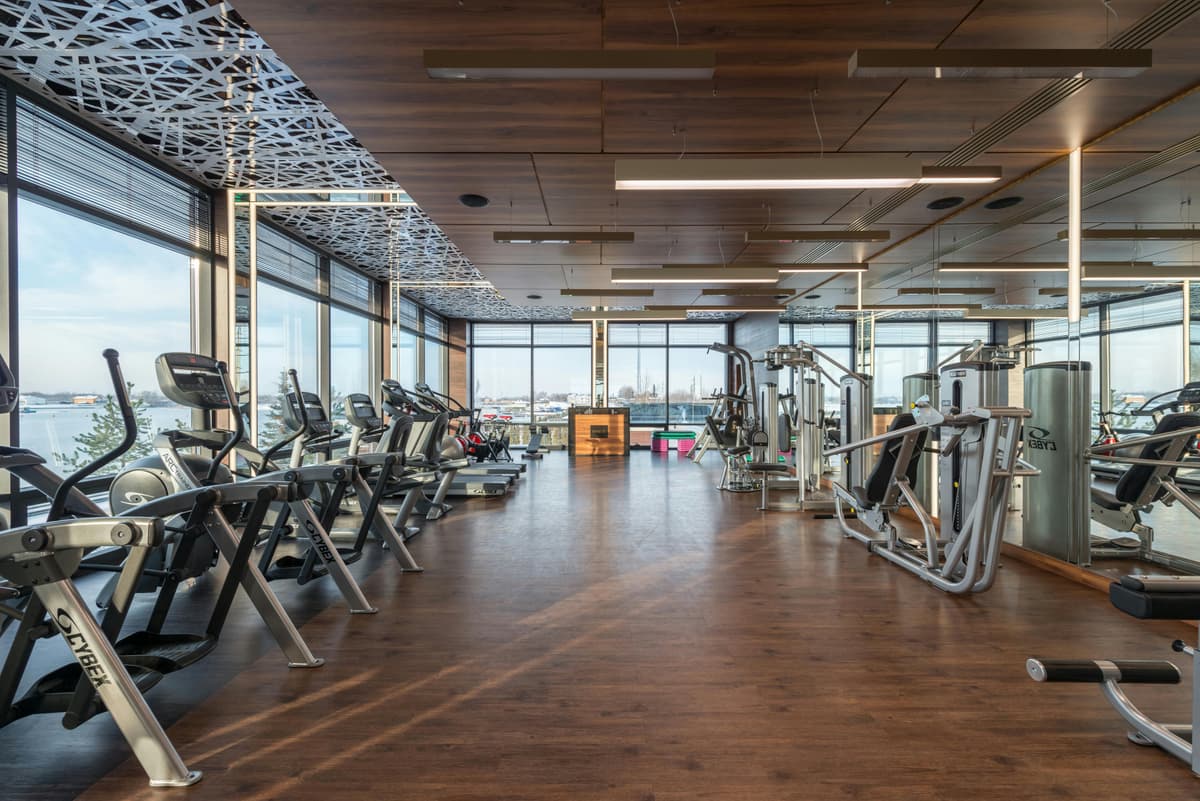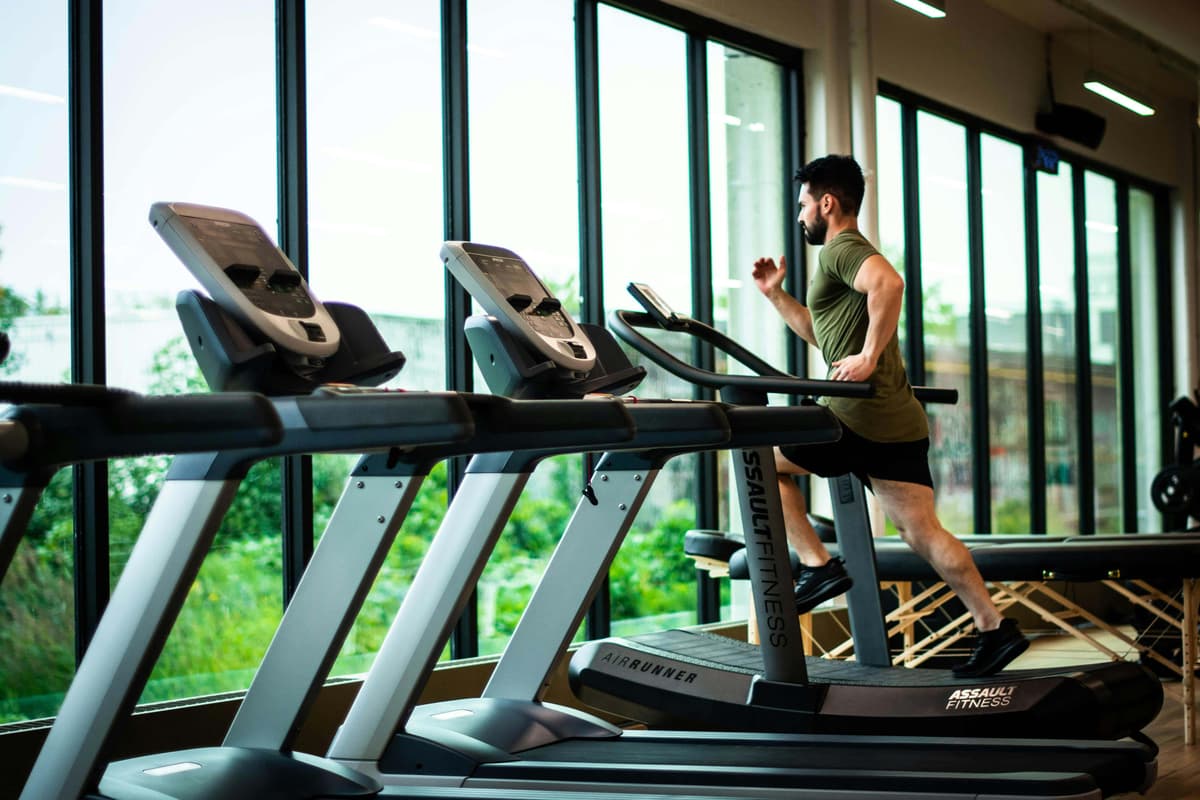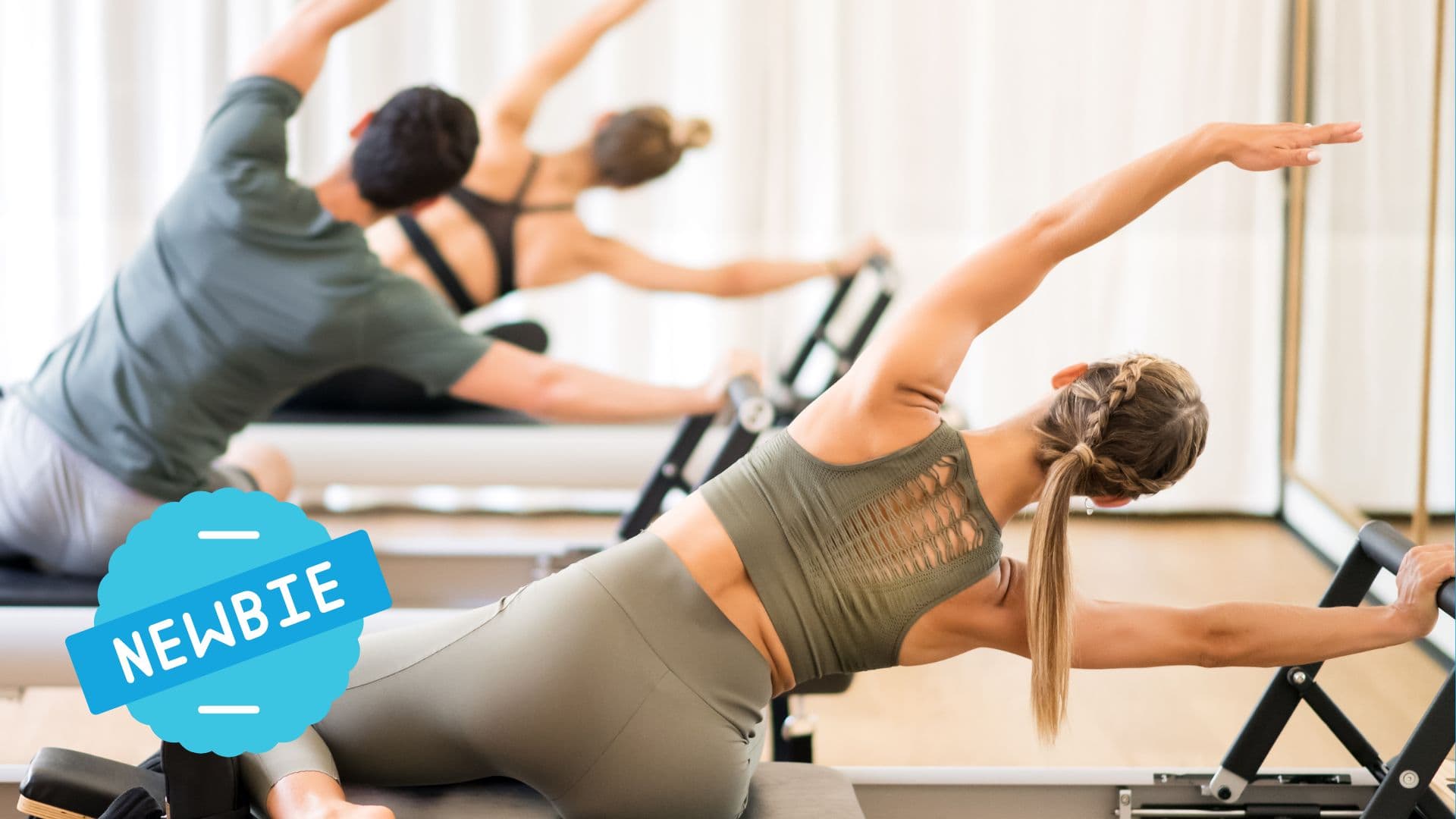
In the realm of cardiovascular fitness, the age-old debate between elliptical machines and treadmills continues. Each boasts distinct advantages that cater to different fitness goals. Understanding these differences is important to making an informed decision based on your preferences, health considerations, and desired workout results. Below, we walk you through the pros and cons of elliptical machines and treadmills so you can make your own decision on what will be best for you.

Elliptical machines offer a unique exercise experience compared to other cardio equipment. They stand out for their ability to provide an effective aerobic workout with minimal impact on joints when used correctly. Your feet are positioned on pedals about shoulder-width apart, moving in a circular or oblong shape, resembling a bike ride but while standing. Additionally, ellipticals feature handles that you hold in either hand, allowing you to move your arms toward and away from your body as you “pedal,” engaging multiple muscle groups simultaneously.
One of the pros of using an elliptical is its reduced impact on joints. This low-impact nature is rather beneficial for individuals recovering from injury or surgery, since it minimizes the stress on the knees, hips, and back.
When maintaining the correct posture – keeping shoulders back, head up, and abdominal muscles engaged – the smooth, gliding motions of the elliptical machine further enhances its joint-friendly benefits. This makes elliptical machines an optimal choice for individuals with arthritis, joint pain, or those recovering from injury.
The other benefit of ellipticals is the inclusion of movable upper body handles that transforms the exercise into a full-body movement. This engages both the arms and legs simultaneously, so it not only enhances calorie burning, but also promotes muscular balance, coordination, and overall strength. Most elliptical machines also include the ability to pedal in reverse, targeting additional muscle groups like the calves and hamstrings. When used properly, the elliptical can effectively engage your quadriceps, calves, glutes, hamstrings, chest, back, biceps, triceps, and core muscles.
For those who have never used ellipticals, it may require some adjustment. The elliptical motion is not done typically in the world, so people who are not used to it can sometimes find it confusing – it will take some time to build up the necessary muscle memory to make it easier. Ellipticals also require that you lift your whole body with each step, and do not have a seat or other stable element. Therefore, ellipticals may not be suitable for individuals with poor balance or difficulty using stairs. Also, their size and bulkiness may pose a challenge for in-home use, since it requires a large space and ceiling height.

Treadmills remain a staple in cardiovascular fitness, particularly for running enthusiasts. Treadmills closely simulate the mechanics of running, making it an effective tool for people training for events and/or marathons. The act of running on a treadmill typically results in a high calorie burn, making it an efficient option for weight loss.
Treadmills are quite common and can be found in a wide variety of fitness facilities, ensuring convenient access. Fortunately, they require minimal instruction, which makes them easy to use for people of all skill levels. Whether users are new to fitness or a seasoned user, using the treadmill is straightforward. Treadmills are also relatively convenient to store, with many of them able to be folded up into a more compact storage shape.
They can also be useful for rehabilitation purposes, particularly for those recovering from injury. The controlled environment provided by treadmills allow users to gradually rebuild strength and endurance. Treadmills are equipped with a motor so speed and incline are adjustable, allowing users to customize their workouts to match their fitness levels and goals.
Another important benefit is the treadmill’s ability to assist in enhancing bone density. The impact of the foot striking against the belt stimulates bone growth, a factor that can be crucial for individuals with conditions such as osteoporosis.
Despite the benefits of treadmills, there are some drawbacks that users should be aware of. The main one is the high impact that running has on our lower bodies. As a running machine, treadmills are able to cause the same kind of injuries that running causes, including shin splints, wear and tear on ankles, legs, and knees, and more. Furthermore, for individuals with injuries unrelated to walking or running, using the treadmill may exacerbate their condition, possibly even impeding the recovery process. Treadmills can also pose risk of serious injury if users lose their balance or fall while in motion, leading to injuries that range from a minor sprain to severe fractures.
Both the treadmills and elliptical machines offer valuable benefits, but ultimately, we lean towards recommending the elliptical machines for several reasons. The lower impact on the joints, the versatility in engaging multiple muscle groups, and the suitability for those with arthritis or joint pain make it an ideal choice. Even for those with a primary focus on running, it’s recommended to incorporate cross-training with ellipticals or other low-impact equipment to prevent overload injuries and to work muscle groups around ones that you use all the time.

Pilates is focused on enhancing core strength, crucial for overall torso stability and fluid movement. The core, influencing both legs and upper body, is essential for everyday comfort, such as sitting and standing without pain. The aim is to move gracefully through balanced muscle development, addressing potential weaknesses and promoting full joint mobility. The workout …

Rocky Mountain spotted fever (RMSF) is a bacterial infection caused by Rickettsia rickettsii and transmitted through the bite of an infected tick. This infection is characterized by the sudden onset of fever, headache, and rash, which can be life-threatening if not treated promptly. This infection was first identified in 1896 in the Snake River Valley …

COVID-19 has faded from the public conversation, but it is still as prevalent as ever, with wastewater levels in 2024 approaching those seen at the beginning of the pandemic in 2020. Furthermore, as COVID-19 has become less of a hot topic, many of the resources that made COVID-19 vaccines free or cheap have dried up …